

Canada

Canada is a country in North America consisting of ten provinces and three territories. Located in the northern part of the continent, it extends from the Atlantic to the Pacific and northward into the Arctic Ocean. At 9.98 million square kilometres in total, Canada is the world's second- largest country by total area and the fourth-largest country by land area. Its common border with the United States forms the world's longest land border.
The land that is now Canada has been inhabited for millennia by various Aboriginal peoples. Beginning in the late 15th
century, British and French colonies were established on the region's Atlantic coast. As a consequence ofvarious conflicts, the United Kingdom gained and lost North American territories until left, in the late 18th century, with what mostly comprises Canada today. Pursuant to
the British North America Act, on July 1, 1867, three coloniesjoined to form the autonomous federal Dominion of Canada. This began
an accretion of provinces and territories to the new self- governing Dominion. In 1931, Britain granted Canada near total
independence with the Statute of Westminster 1931 and full sovereignty was attained when the Canada Act 1982 severed the vestiges of legal dependence on the British parliament.

Canada is a federal parliamentary democracy and a constitutional monarchy, Queen Elizabeth II being the current head of state. Canada is a member of the Commonwealth of Nations. The country is officially bilingual at the federal level. It is one of the world's most ethnically diverse
and multicultural nations, the product of large-scale immigration from many countries, with a population of approximately 35 million as of December 2012. Its advanced economy isone of the largest in the world, relying chiefly upon its abundant natural resources and well-developed trade networks. Canada's long and complex relationship with the United States has had a significant impact on its economy and culture.
Canada is a developed country and one of the wealthiest in the world, with the eighth highest per capita income globally, and the eighth
highest ranking in the Human Development Index. It ranks among the highest in international measurements of government transparency, civil liberties, quality of life, economic freedom, and education, and stands among the world's most educated countries – ranking first worldwide in the number of adults having tertiary education with 51% of adults having attained at least an undergraduate college or university degree (according to theOECD 2012 survey).[13] Canada's participation in economic international and intergovernmental institutions or groupings includes
the G8 (Group of Eight); the Group of Ten (economic); the Group of Twenty (G-20 major economies); the North American Free Trade Agreement; and
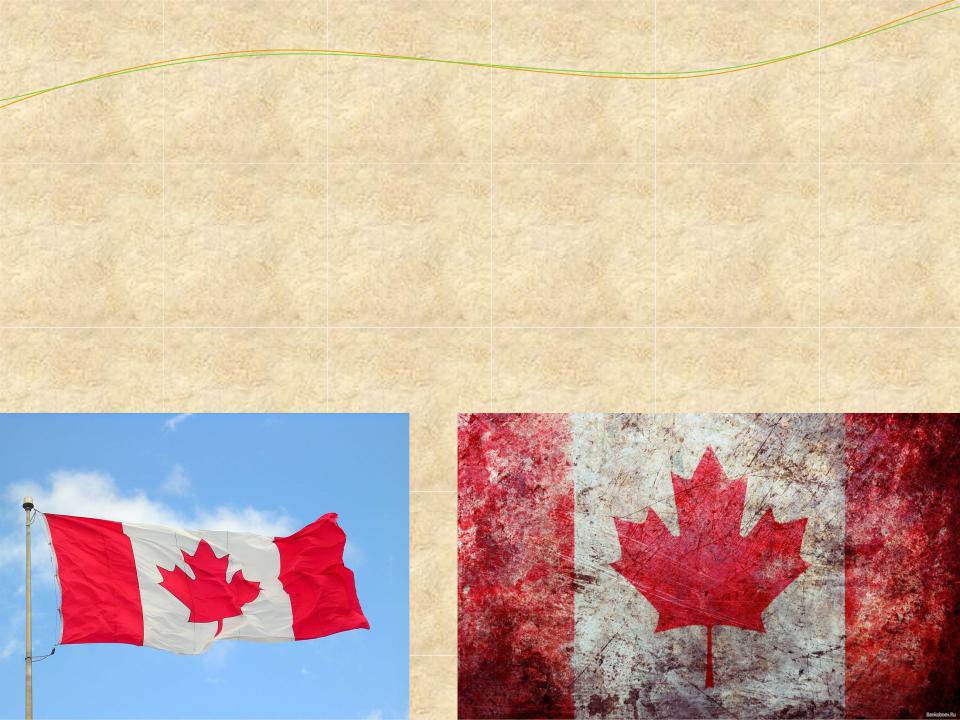
Flag of Canada
The National Flag of Canada, also known as the Maple Leaf and l'Unifolié (French for "the one-leafed"), is a flag consisting of a red field with a white square at its centre, in the middle of which is featured a stylized, 11-pointed, red maple leaf. Adopted in 1965 to replace the Union Flag, it is the first ever specified by statute law for use as the country's national flag.
Design
The flag is horizontally symmetric and therefore the obverse and reverse sides appear identical. The width of the Maple Leaf flag is twice the height. The white field is a Canadian pale (a square central band in a vertical triband flag, named after this flag), and each bordering red field is exactly half its size. In the centre of the white field is a red maple leaf. In heraldry, the flag has been blazoned as "Gules on a Canadian pale argent a maple leaf of the first." The blazon was registered with the Canadian Heraldic Authority on March 15,
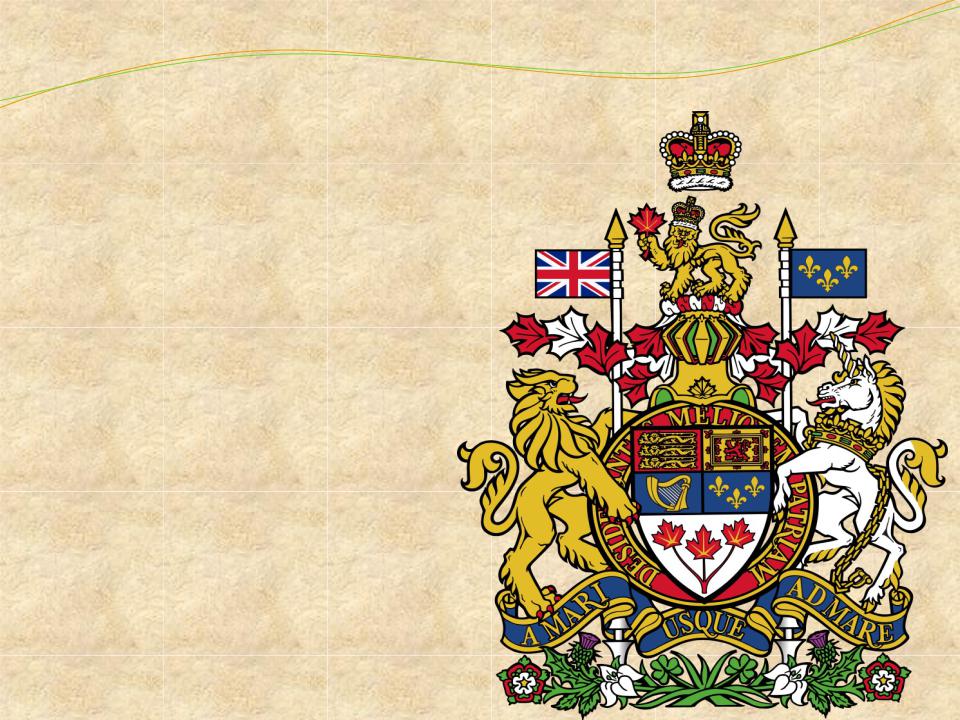
Arms of Canada
The Arms of Canada, also known as the Royal Coat of Arms of Canada or
formally as the Arms of Her Majesty The Queen in Right of Canada, is, since 1921, the official coat of arms of the Canadian monarch and thus also of Canada. It is closely modelled after the royal coat of arms of the United Kingdom with distinctive Canadian elements replacing or added to those derived from the British.
The maple leaves in the
shield, blazoned "proper", were originally drawn vert (green) but were
redrawn gules (red) in 1957 and a circlet of the Order of Canada was added to the arms for limited use in 1987. The shield design forms themonarch's royal standard and is also found on the Canadian Red Ensign. The Flag of the Governor General of Canada, which formerly used the shield over the Union Flag, now uses the crest of the arms on a blue field.
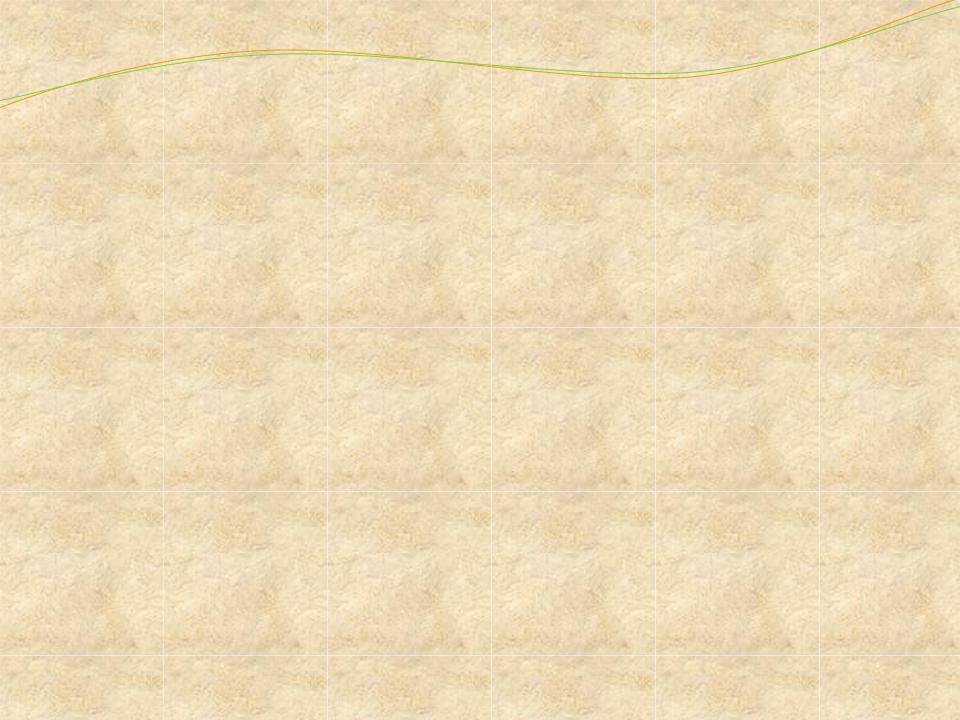
Etymology
The name Canada comes from the St. Lawrence Iroquoian word kanata, meaning "village" or "settlement". In 1535, indigenous inhabitants of the present-day Quebec City region used the word to direct French
explorer Jacques Cartier to the village of Stadacona. Cartier later used the word Canada to refer not only to that particular village, but the entire area subject to Donnacona (the chief at Stadacona); by 1545, European books and maps had begun referring to this region as Canada.
In the 17th and early 18th centuries, "Canada" referred to the part of New France that lay along the St. Lawrence River. To punish the resistance of the Thirteen Colonies, Canada's territory was vastly expanded by the British in the 1774 Quebec Act to include unsettled territory in the Great Lakes region down to the Ohio river. Part of this arbitrarily added territory was turned over to the new United States in 1783, but all land north of the Great Lakes (making up much of modern Ontario) was retained by British Canada. In 1791 the British designated this region Upper Canadaand the traditional French-speaking portion Lower Canada, they were reunified as the Province of Canada in 1841.
Upon Confederation in 1867, Canada was adopted as the legal name for the new country, and the word Dominionwas conferred as the country's title. However, as Canada asserted its political autonomy from the United Kingdom, the federal government increasingly used simply Canada on state documents and treaties, a change that was reflected in the
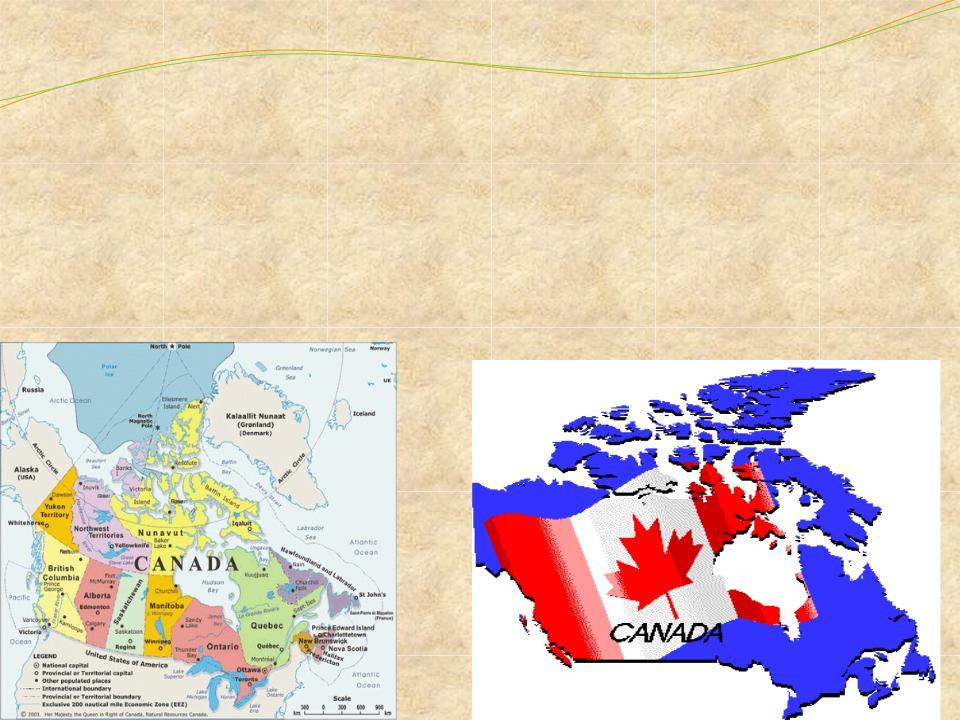
Geography
Canada occupies a major northern portion of North America, sharing land borders with the contiguous United States to the south (the longest border between two countries in the world) and the US state of Alaska to the northwest. Canada stretches from the Atlantic Ocean in the east to the Pacific Ocean in the west; to the north lies the Arctic Ocean. Greenland is to the northeast, while Saint Pierre and Miquelon is south of Newfoundland. By total area (including its waters), Canada is the second-largest country in the world, after Russia. By land area alone, Canada ranks fourth. The country
84°N, and longitudes 52° and 141°W.
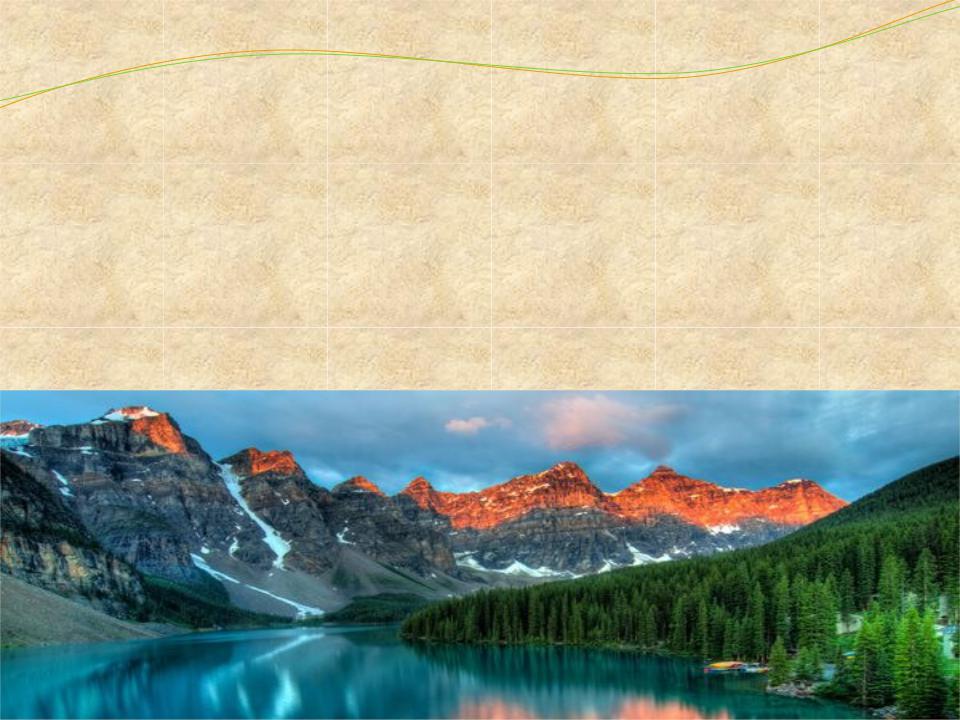
Language
Canada's two official languages are English and French, pursuant to Section 16 of the Canadian Charter of Rights and Freedoms and the Federal Official Languages Act. Canada's federal government practices official bilingualism, which is applied by the Commissioner of Official Languages. English and French have equal status in federal courts, Parliament, and in all federal institutions. Citizens have the right, where there is sufficient demand, to receive federal government services in either English or French, and official- language minorities are guaranteed their own schools in all provinces and territories.
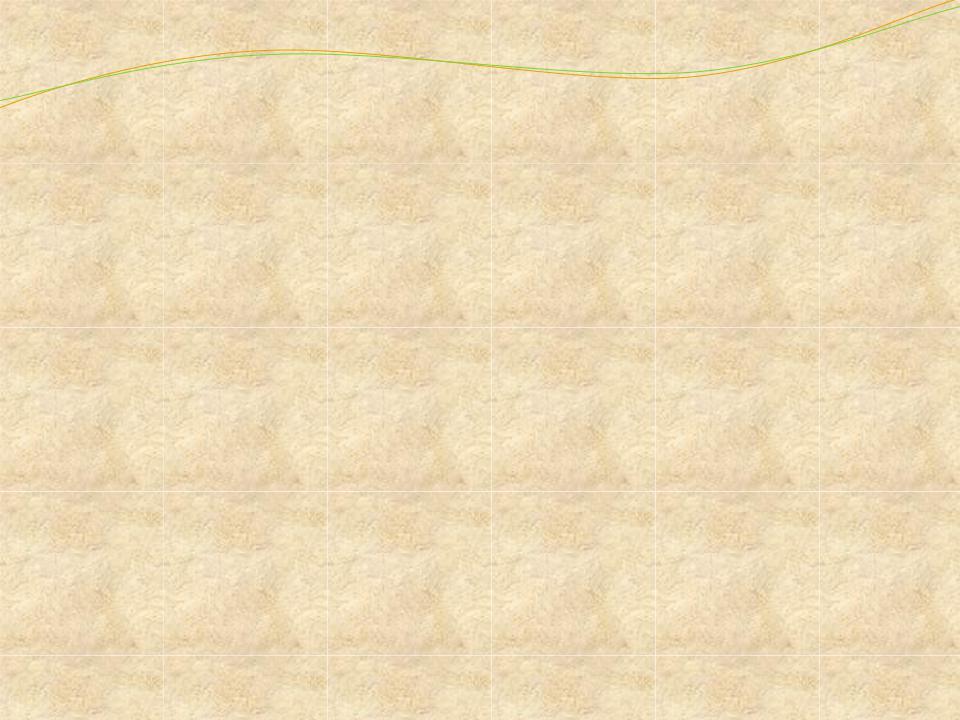
Culture
Canada's culture draws influences from its broad range of constituent nationalities, and policies that promote multiculturalism are constitutionally protected. In Quebec, cultural identity is strong, and many French-speaking commentators speak of a culture of Quebec that is distinct from English Canadian culture. However, as a whole, Canada is in theory a cultural mosaic – a collection of several regional, aboriginal, and ethnic subcultures. Government policies such as publicly funded health care, higher taxation to redistribute wealth, the outlawing of capital punishment, strong efforts to eliminate poverty, strict gun control, and the
legalization of same-sex marriage are further social indicators of Canada's Historically, Canada has been influenced by British, French, and
political and cultural values.
aboriginal cultures and traditions. Through their language,
art and music, aboriginal peoples continue to influence the Canadian identity. Many Canadians value multiculturalism and see Canada as being inherently multicultural. American media and entertainment are popular, if not dominant, in English Canada; conversely, many Canadian cultural products and entertainers are successful in the United States and worldwide.[229] The preservation of a distinctly Canadian culture is supported by federal government programs, laws, and institutions such as the Canadian Broadcasting
Corporation (CBC), the National Film Board of Canada (NFB), and the
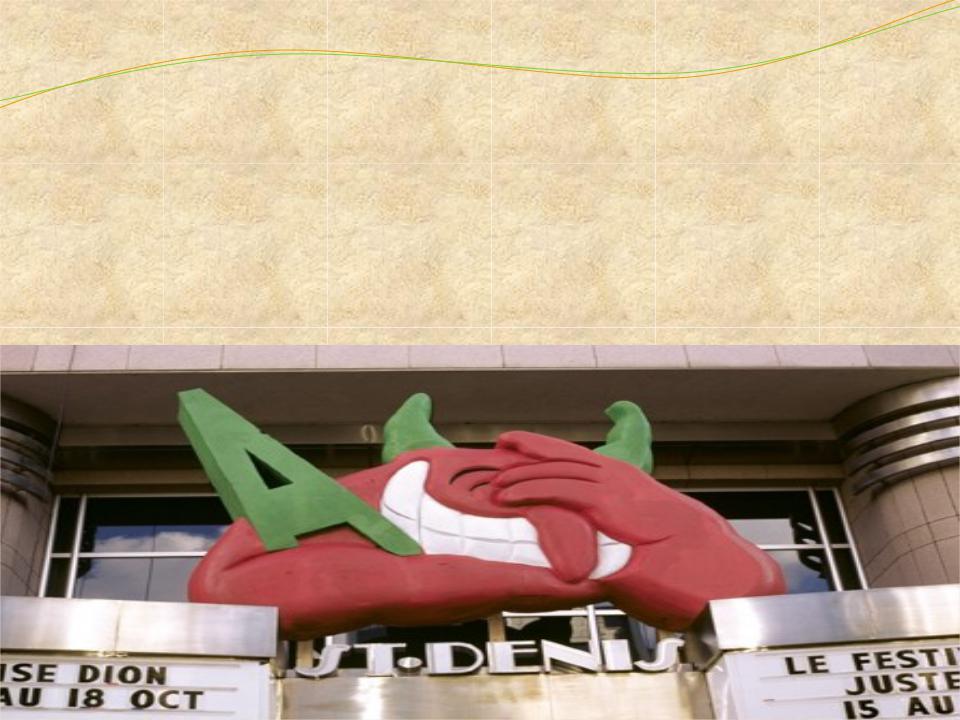
Humour
Canadian humour is an integral part of the Canadian Identity. There are several traditions in Canadian humour in both English and French. While these traditions are distinct and at times very different, there are common themes that relate to Canadians' shared history and geopolitical situation in the Western Hemisphere and the world. Various trends can be noted in Canadian comedy. One trend is the portrayal of a "typical" Canadian family in an on-going radio or television series. Other trends include outright absurdity, and political and cultural satire. Satire and self-deprecation are
